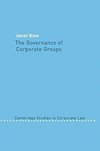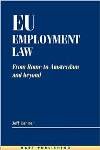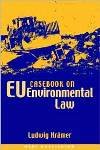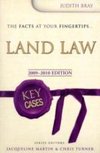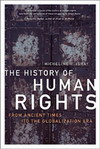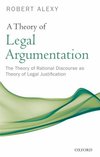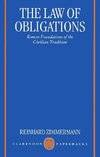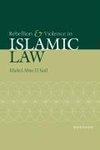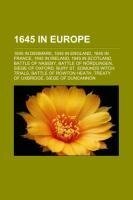
1645 in Europe
Source: Wikipedia. Pages: 27. Chapters: 1645 in Denmark, 1645 in England, 1645 in France, 1645 in Ireland, 1645 in Scotland, Battle of Naseby, Battle of Nördlingen, Siege of Oxford, Bury St. Edmunds witch trials, Battle of Rowton Heath, Treaty of Uxbridge,... Viac o knihe
Produkt je dočasne nedostupný
13.64 €
bežná cena: 15.50 €
O knihe
Source: Wikipedia. Pages: 27. Chapters: 1645 in Denmark, 1645 in England, 1645 in France, 1645 in Ireland, 1645 in Scotland, Battle of Naseby, Battle of Nördlingen, Siege of Oxford, Bury St. Edmunds witch trials, Battle of Rowton Heath, Treaty of Uxbridge, Siege of Duncannon, Battle of Philiphaugh, Battle of Langport, Battle of Auldearn, Self-denying Ordinance, Battle of Kilsyth, Battle of Inverlochy, Battle of Jankau, Battle of Herbsthausen, Battle of Alford, Second Treaty of Brömsebro, Siege of Hulst, Siege of Taunton, Oxford Parliament, Siege of Carlisle, Battle of Annan Moor, Crabchurch Conspiracy. Excerpt: The Siege of Oxford was a Parliamentarian victory late in the First English Civil War. Whereas the title of the event may suggest a single siege, there were in fact three individual engagements. The first engagement was in May 1644, during which King Charles I escaped, thus preventing a formal siege. The second (May 1645) had barely started when Sir Thomas Fairfax, who was never much interested in siege warfare, was given permission to stop and pursue the King to Naseby, which was more to his liking. The last siege (May 1646) was actually a formal siege of some duration; but the war was obviously over and negotiation, rather than arms, commanded chief attention. Fairfax was careful not to do too much damage, sent in food to the King's second son, James, and was happy to end it soon with easy and honourable terms before a bombardment occurred. Following the creation of the King's Oxford Parliament early in 1644, Oxford was the centre of the Cavalier cause and the headquarters of the King's forces. This had both advantages and disadvantages as most of the citizens were undoubtedly favourable to the Roundhead cause, but were somewhat mollified by lucrative opportunity of supplying the court and garrison. The position of Oxford gave King Charles I the strategic advantage of controlling the Midland counties but the dangers and disadvantages of the city became increasingly manifest. Despite this, any suggestions of retreating to the south west were silenced, particularly by those enjoying the comfort of their college quarters. The King was at Christ Church and the Queen at Merton. Ordnance was cast at St Mary's College, the mills in Osney became a powder factory and New College the magazine. At New Inn Hall the requisitioned college plate was melted down into "Oxford Crowns" and at Carfax was a gibbet. College life continued, albeit on a restricted and disturbed scale. Master of Arts degrees were conferred on the future kings Charles II and James II and upon many more for
- Vydavateľstvo: Books LLC, Reference Series
- Formát: Paperback
- Jazyk:
- ISBN: 9781157728177

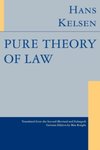
 Anglický jazyk
Anglický jazyk 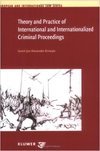
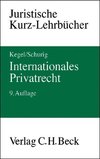
 Nemecký jazyk
Nemecký jazyk 